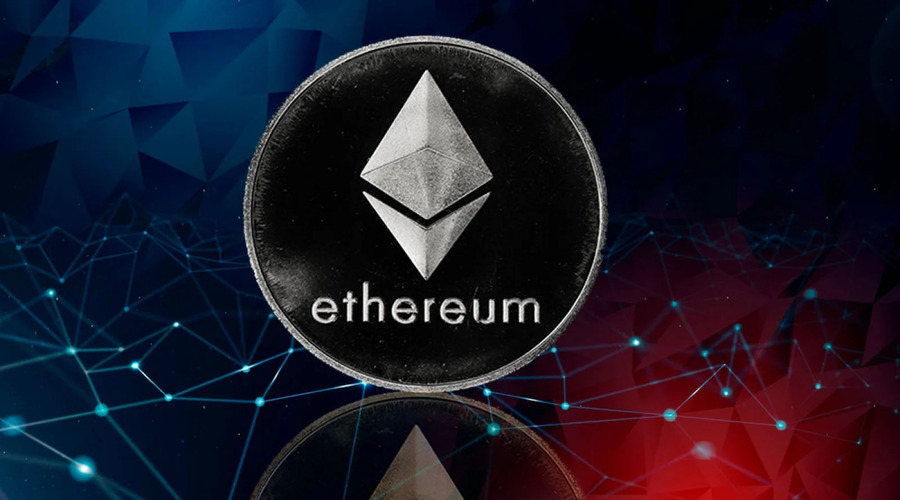Introduction:
Cryptocurrency mining is the process of validating transactions and creating new units of digital currency. In this article, we will provide an overview of how cryptocurrency mining works, the different mining methods, and the potential profitability of mining.
How Cryptocurrency Mining Works?
Cryptocurrency mining involves the use of computer hardware to validate transactions and create new units of digital currency. Miners compete to solve complex mathematical problems using their computer’s processing power. Once a miner solves the problem, they are rewarded with a block of digital currency. This process is called mining because it is similar to mining for gold or other precious metals.
Different Mining Methods There are two main types of mining:
Proof-of-Work (PoW) and Proof-of-Stake (PoS). PoW requires miners to solve complex mathematical problems using their computer’s processing power, while PoS requires miners to hold a certain amount of digital currency as collateral. PoS is considered to be more energy-efficient than PoW, but it is not as widely used.
Potential Profitability of Mining:
Mining can be a profitable venture for those with the necessary hardware and technical expertise. However, it is important to consider the cost of electricity and hardware when calculating potential profitability. The profitability of mining also depends on the price of the digital currency being mined. As the price of the currency increases, so does the potential profitability of mining.
Mining Pools:
Mining pools are groups of miners who combine their processing power to increase their chances of solving complex mathematical problems and earning rewards. Mining pools are particularly useful for small-scale miners who do not have the necessary hardware to mine on their own.
Environmental Impact of Mining:
Cryptocurrency mining requires significant amounts of electricity, leading to concerns about its environmental impact. Bitcoin mining, in particular, has been criticized for its high energy consumption. However, many cryptocurrency companies are working to address these concerns by developing more energy-efficient mining methods.
Choosing the Right Hardware
Choosing the right hardware is essential for successful cryptocurrency mining. The most important component is the graphics processing unit (GPU), which is responsible for solving complex mathematical problems. Other important components include the central processing unit (CPU), random access memory (RAM), and storage. It is important to do research and choose hardware that is both powerful and energy-efficient.
Difficulty Adjustment
Cryptocurrency mining difficulty refers to the complexity of the mathematical problems that miners must solve to earn rewards. As more miners enter the market, the difficulty increases, making it more difficult for individual miners to earn rewards. Difficulty adjustment algorithms are used to regulate the difficulty of mining, ensuring that the rate of new digital currency is constant.
Mining Software
Mining software is essential for managing the hardware and connecting to the blockchain network. There are many different mining software options available, including open-source software and proprietary software. It is important to choose software that is compatible with the chosen hardware and that provides accurate reporting and monitoring.
Risks of Mining
While cryptocurrency mining can be profitable, it is not without its risks. The cost of hardware and electricity can be significant, and the profitability of mining is dependent on the price of the digital currency being mined. Additionally, mining hardware can become obsolete quickly, requiring miners to upgrade their equipment regularly. There is also a risk of hacking and security breaches, which can result in the loss of digital currency.
Regulation and the Future of Mining
As the cryptocurrency industry continues to grow, governments and regulatory bodies are increasingly focusing on cryptocurrency mining. Some countries have banned cryptocurrency mining altogether, while others are developing regulations to ensure that mining practices are environmentally sustainable and do not contribute to illegal activities. The future of cryptocurrency mining will depend on how these regulatory issues are resolved and whether or not the industry can develop more energy-efficient and sustainable mining practices.
Cloud Mining
Cloud mining is a relatively new concept in cryptocurrency mining. It involves renting computing power from a third-party provider who manages the hardware and software required for mining. This can be a convenient option for those who do not want to invest in their own hardware or who do not have the technical expertise required for mining. However, cloud mining also comes with its own risks, including the potential for scams and the lack of control over the mining process.
Proof-of-Work vs. Proof-of-Stake
Cryptocurrency mining can be done using two main methods: proof-of-work (PoW) and proof-of-stake (PoS). PoW involves solving complex mathematical problems to validate transactions and earn rewards. PoS, on the other hand, involves holding a certain amount of cryptocurrency as a stake in the network and being selected to validate transactions based on the size of the stake. PoS is seen as a more energy-efficient and sustainable option, but it is not yet widely adopted.
Mining Pools
Mining pools are groups of miners who work together to solve mathematical problems and earn rewards. Pooling resources can increase the likelihood of solving problems and earning rewards, but it also means that rewards are divided among the members of the pool. It is important to choose a reputable and trustworthy pool to avoid the risk of scams and to ensure fair distribution of rewards.
Tax Implications
Cryptocurrency mining can have tax implications, and it is important to understand the tax laws in your jurisdiction. In many countries, mining rewards are treated as income and are subject to income tax. It is important to keep accurate records of mining activities and to consult with a tax professional to ensure compliance with local tax laws.
Alternatives to Mining
For those who do not want to invest in hardware or who do not have the technical expertise required for mining, there are other ways to earn cryptocurrency. These include participating in airdrops, staking, lending, and trading. Each method comes with its own risks and potential rewards, and it is important to do research and understand the mechanics of each before investing.
Conclusion:
Cryptocurrency mining can be a profitable venture for those with the necessary hardware and technical expertise. However, it is important to consider the cost of electricity and hardware when calculating potential profitability. PoW and PoS are the two main mining methods, with PoS being more energy-efficient but not as widely used. Mining pools can also be useful for small-scale miners. As the industry continues to evolve, it will be important to address concerns about the environmental impact of mining and to develop more sustainable mining practices. Overall, cryptocurrency mining is a fascinating and dynamic industry that will continue to grow and evolve in the years to come.




